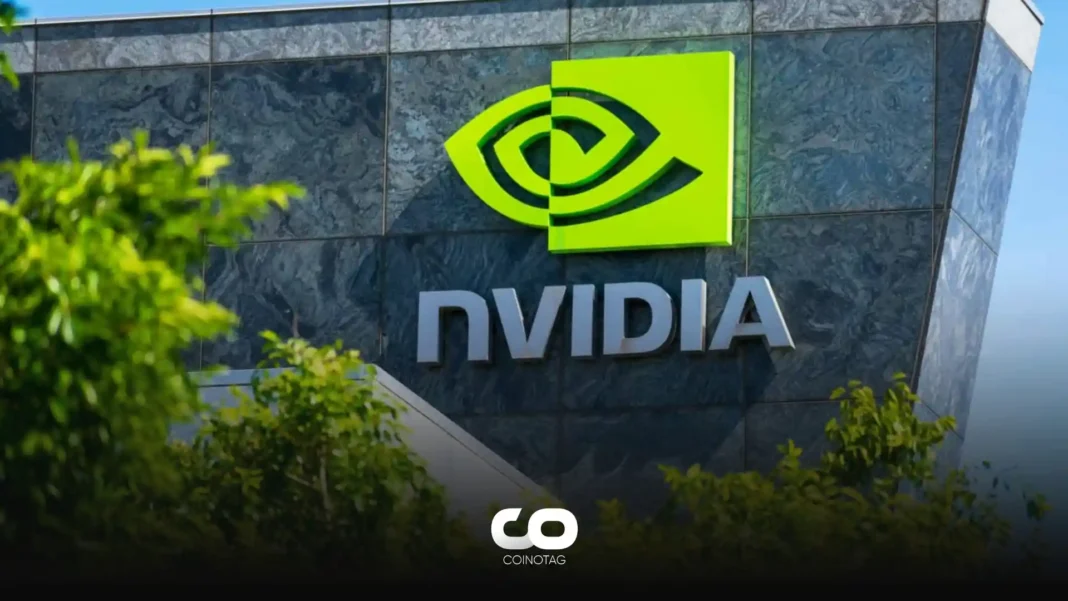- The ongoing trial between Craig Wright and the Crypto Open Patent Alliance (COPA) enters its third week, stirring the crypto community.
- Evidence presented by COPA suggests Wright made new edits to the Bitcoin whitepaper, challenging his claim as the pseudonymous Satoshi Nakamoto.
- “Your claim to be Satoshi Nakamoto is a fraudulent claim, isn’t it?” – a pivotal moment in the trial, capturing the essence of the dispute.
This article delves into the complexities of the COPA trial against Craig Wright, examining the implications of his recent admissions and the broader impact on Bitcoin’s legacy.
The Heart of the Matter: Wright’s Admission and Its Implications
In a recent testimony, Craig Wright conceded to making alterations to the Bitcoin whitepaper’s LaTeX files, a revelation that has fueled the ongoing debate about his claim to be Satoshi Nakamoto. This admission came during the third week of the trial with COPA, aiming to debunk Wright’s assertions with what they term “industrial style forgeries.” The trial’s focus on Wright’s edits and the timing of these changes highlights the intricate legal and ethical issues surrounding the identity of Bitcoin’s creator and the authenticity of foundational documents.
Expert Witnesses and Legal Strategies
The trial has seen a series of expert witnesses and legal maneuvers, with both sides presenting evidence and testimonies to support their claims. Notably, Zooko Wilcox-O’Hearn and Marti Malmi, two respected figures in the crypto space, provided their insights, further complicating the narrative around Nakamoto’s identity. The proceedings underscore the challenges in proving the authorship of the Bitcoin whitepaper and the significance of this dispute for the cryptocurrency community.
Critical Testimonies and Cross-Examinations
As the trial progresses, testimonies from figures like Adam Back, CEO of Blockstream, shed light on the early days of Bitcoin and Nakamoto’s interactions with key individuals. Back’s correspondence with Nakamoto, particularly around the citation of his work on proof-of-work systems, offers a glimpse into the collaborative nature of Bitcoin’s development. These exchanges, contrasted with Wright’s portrayal of events, highlight the complexity of establishing a definitive narrative about Bitcoin’s origins.
Conclusion
The COPA trial against Craig Wright has ignited a critical examination of Bitcoin’s foundational history and the identity of its creator. Wright’s admissions and the evidence presented raise essential questions about the authenticity of claims to Satoshi Nakamoto’s legacy. As the crypto community watches closely, the trial’s outcome could have lasting implications for Bitcoin’s narrative and the value of historical accuracy in the digital age. With more expert witnesses set to testify, the quest for truth in the Satoshi Nakamoto saga continues.






